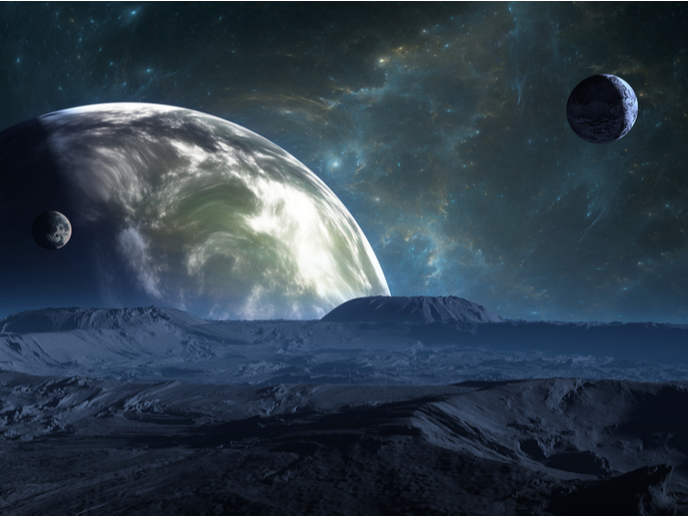TRENDING SCIENCE: Are we alone? Discovery of billions of Earth-like planets may hold the answer
Earth is the only planet that’s capable of hosting life in the universe. For years, scientists have been hunting for exoplanets – planets beyond our solar system – to discover the probability of life elsewhere in the Milky Way. To be considered Earth-like, a planet must be rocky, about the same size as Earth and orbit Sun-like (G-type) stars. It also needs to orbit in the habitable zones of its star, the distance where the planet isn’t too hot or too cold for life to exist.
Anybody out there?
Over 4 100 exoplanets have been identified with the right size and right orbit of their star to support liquid water and potentially life. That seemed like a reasonable estimate – until now. According to new research published in ‘The Astronomical Journal’(opens in new window), estimates and calculations by astronomers at Canada’s University of British Columbia (UBC) who used data from NASA’s Kepler Mission indicate that there are even more Earth-like planets in our galaxy than previously known. Billions of Earth-like planets are orbiting G-type stars in the Milky Way, in fact. The study only considered planets orbiting these stars. “Our Milky Way has as many as 400 billion stars, with seven per cent of them being G-type,” observed study co-author and UBC astronomer Jaymie Matthews in a statement(opens in new window). “That means less than six billion stars may have Earth-like planets in our Galaxy.”
How many Sun-like stars can host an Earth-like planet?
The UBC research team claims there could be an Earth-like exoplanet for every five G-type stars in the Milky Way. Earlier estimates of the existence of Earth-like planets range from about 0.02 potentially habitable planets per G-type star to more than 1 per G-type star. “My calculations place an upper limit of 0.18 Earth-like planets per G-type star,” noted co-author and UBC researcher Michelle Kunimoto. She had previously discovered 17 exoplanets. The research focused on Earth-like planets likely to be missed when searching because of their small size and great distance from their star. Kunimoto found the planets by using a new method to search for them. “I started by simulating the full population of exoplanets around the stars Kepler searched,” she reported. “I marked each planet as ‘detected’ or ‘missed’ depending on how likely it was my planet search algorithm would have found them. Then, I compared the detected planets to my actual catalogue of planets. If the simulation produced a close match, then the initial population was likely a good representation of the actual population of planets orbiting those stars.” “Estimating how common different kinds of planets are around different stars can provide important constraints on planet formation and evolution theories, and help optimize future missions dedicated to finding exoplanets,” concludes Kunimoto. Is there anyone out there? This seminal event in planet hunting may help to one day answer this age-old question.



